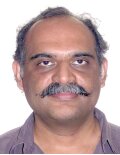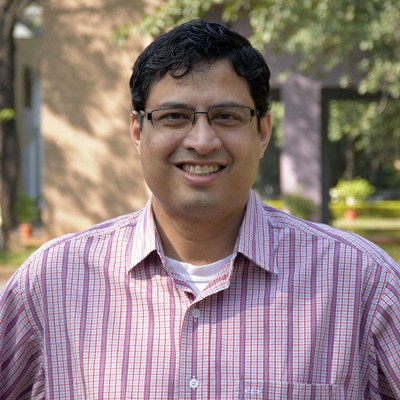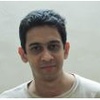 Artists rendering of two black holes in a gravitational tango. Image credits: NASA. Wikimedia Commons
Artists rendering of two black holes in a gravitational tango. Image credits: NASA. Wikimedia Commons
 Artists rendering of two black holes in a gravitational tango. Image credits: NASA. Wikimedia Commons
Artists rendering of two black holes in a gravitational tango. Image credits: NASA. Wikimedia Commons
 |
Prof. C.S. Unnikrishnan, TIFR, Mumbai4:00PM - 4:40PM, P.C. Saxena AuditoriumThe New Wave in Physics, Astronomy and Technology |
|
 |
Prof. Sukanta Bose, IUCAA, Pune4:40PM - 5:20PM, P.C. Saxena AuditoriumThe observation of a gravitational wave signal and the new opportunities it opens up |
|
 |
Prof. K.G. Arun, CMI, Chennai5:20PM - 6:00PM, P.C. Saxena AuditoriumDecoding a binary black hole merger |
|
© RSAP IIT Bombay. All rights reserved. | Photos © SYMPHY | Design by TEMPLATED.